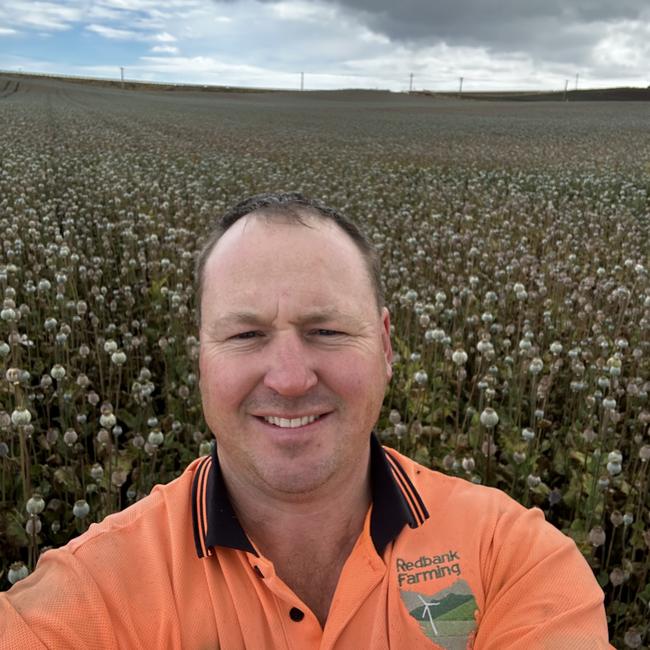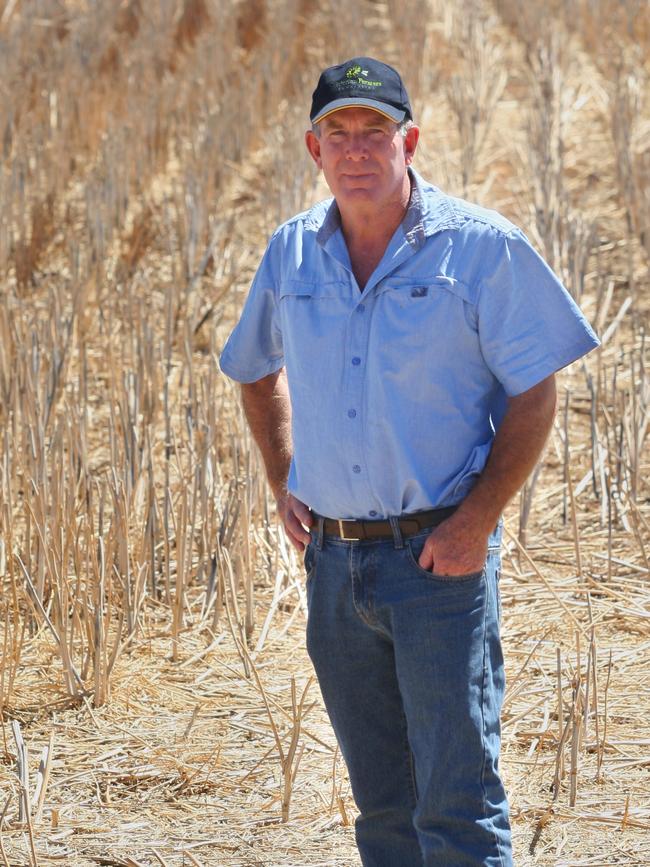Crops in limbo amid dry start to season
Farmers from Western Australia’s wheat belt to Tasmania are facing a dry start to the season with many delaying sowing or waiting for rain.
Farmers from Western Australia to Tasmania say they are holding out for a later-than-usual autumn break.
Some are taking the dry-sowing approach and hoping not to be impacted by partial germination, and others are waiting for rain.
Farmers said rainfall is significantly down in Tasmania, where it is often too wet underfoot at this time of the year.
Sisters Creek cropping and livestock farmer Michael Nichols said the last three months had been exceptionally dry.
“We have missed an autumn break at this stage and now it’s starting to get cold,” he said.
His property usually receives an average annual rainfall of 1400mm, and that has dropped closer to 900mm in the past two years.

“That may not sound like much when it is a 500mm difference but it changes things for farming,” he said.
The fear in Tasmania was cool overnight temperatures and warmer days with the potential for frosts, which would slow any growth down.
“We are sowing winter wheat and canola, after growing potatoes,” he said.
Mr Nichols said the weather pattern was very similar to last year.
“We still have soil moisture, and I’m not sowing into dust, but this is dry for us.”

Peter Lawless at Yarrawonga said 50mm of rain arrived in his area three weeks ago, and there was some good soil moisture underneath, but it was dry on top.
“We are hearing of rain coming through on May 28, but I don’t have a crystal ball,” he laughed.
Mr Lawless said the region needed more rain. He finished sowing wheat on Saturday and had already planted canola which had germinated.
“Our black, heavier country will struggle if we don’t have enough moisture,” he said
The season was considered difficult and he expected to see some part germination of crops.
West Australian farmer Barry Large from Miling said rain was needed in his region too.
“We want to see some rain so we have got something to harvest … It’s dry.”
Mr Large was about 50 per cent of the way through sowing crops for export hay, and then he was planning to move on to wheat.
“There is no rain on the horizon for us, and that is a bit of a worry,” he said.
“People are dry sowing.”
The average break for the region was considered May 19, so he was hoping this was a late autumn rather than signalling drought conditions.
Mr Large also grows canola, lupins and wheat.




